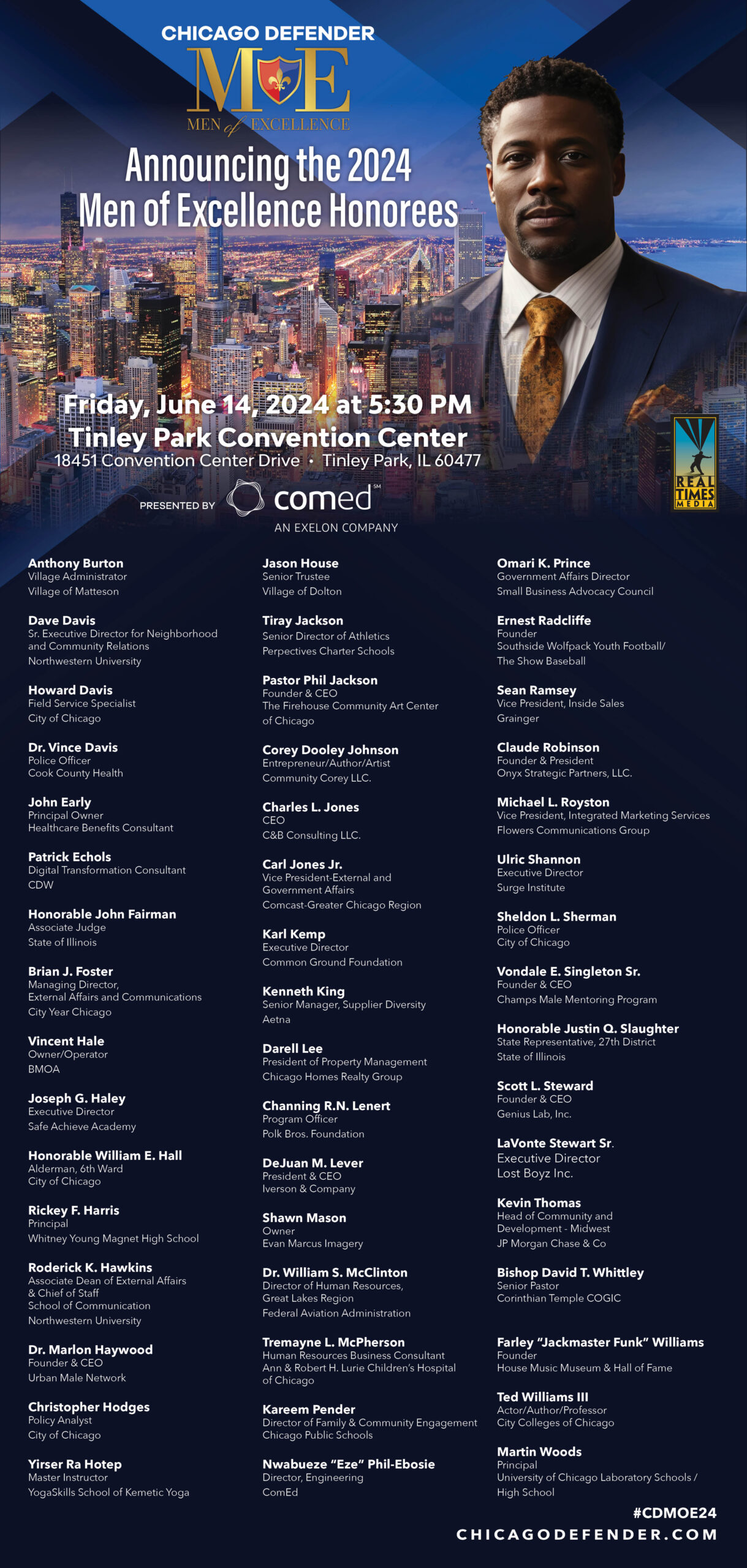
Professor – Criminal Justice
This summer, Illinois passed a law that will allow people who’ve committed certain violent crimes to access court programs at Adult Redeploy Illinois, which connects participants with rehabilitation services rather than defaulting to punitive measures like prison sentences and fines. Advocates for the law, including David Olson, see it as an important part of Illinois’s ongoing efforts to reduce its prison population, decrease crime and save money.
Olson is a corrections reform and sentencing policy expert who’s worked at the Illinois Criminal Justice Authority for 20 years. Today, he is a criminal justice professor and serves on multiple department chairs at Loyola University Chicago, all while continuing his research for and about ARI. (Though, he notes, he wasn’t involved in drafting or lobbying for the law.)
Olson sat with City Bureau to discuss the impact of the new law, as well other programs that divert defendants away from prison. Here are some of the condensed and edited highlights:
On the impact of the law:
The law would expand the pool of people eligible for [Adult Redeploy Illinois]. If you could get probation, you can immediately enroll them in enhanced services through ARI that standard probation may not be able to provide.
On standard probation and its shortcomings:
There are instances when we’ve identified your need, we’ve referred you to services, but it’s gonna be about a month until you get them. And in that month’s time, you may test positive for drugs, your sentence will be revoked and you will be sentenced to prison. Why should we penalize them for a problem that we recognize but haven’t yet responded to?
On judges retaining discretion on who gets access to ARI:
We’re both charged with felony domestic battery: Should I get ARI or not? Let’s say there were children present, things were said during the crime that were so serious that they should be incarcerated. We don’t want a judge to be told they have to put the person in ARI. A judge should look at each case individually, and if a judge is saying, “I’m not putting this person in the program,” we will assume he is basing it on what he feels the constituency that put him in office would expect.
On the importance of serving “high-risk” individuals:
If a court program only takes first-time drug possessors who’ve got good salaries and supportive programs, our recidivism rate would be at zero percent. But they were low-risk in the first place and maybe they would have gotten those services to start. Low-risk offenders aren’t prison-bound.
But what we end up doing, if we do that, is that high-risk people get standard probation and go to prison. This work is ultimately intended to divert people from prison, and so programs should serve higher-risk individuals. That’s where you’ll have the most return on investment, the biggest impact.
On societal bias against violent crimes:
The view of “violent criminals” is that you’re a gangbanging, murdering rapist, and those aren’t the people we want in these court programs. Well, those aren’t the people that would ever end up there [because those aren’t probationable crimes]. Those also are the rare ones that account for a very small percent in the system.
The system deals more with people involved in domestic battery or get in fights, that aren’t lethal and don’t involve firearms. You’re also a violent offender if you commit robbery or you physically take someone’s purse away from them without pointing a gun at them. And those are people that could benefit from restorative justice courts.
On how the lack of community trust affects participation in diversionary programs:
What I’ve heard from individuals involved in the justice system is they view the system as a homogenous whole: “The system is the system. A prosecutor, a probation officer, a correctional officer, they’re the police.” They may see the judge as the same thing: “The judge is the system, the judge is the police, the judge is the oppressor.” These special court programs might be turned down by populations that don’t trust the system. That lack of trust trickles through all of their interactions.
There’s no one solution. It’s long-term, it’s complicated, it involves everything from the rhetoric of elected officials to how individuals are interacted with on a one-on-one basis. There have been some efforts to try and be more localized and break that down to a degree, but you can’t control everything that influences someone’s views. You can have a judge do everything they can to try to build trust with the individual, but that can quickly be undone by someone else or even by another judge.
This story is the second of a three-part series on criminal justice reform produced by City Bureau, a Woodlawn-based civic journalism lab. Learn more and get involved at https://www.citybureau.org.

